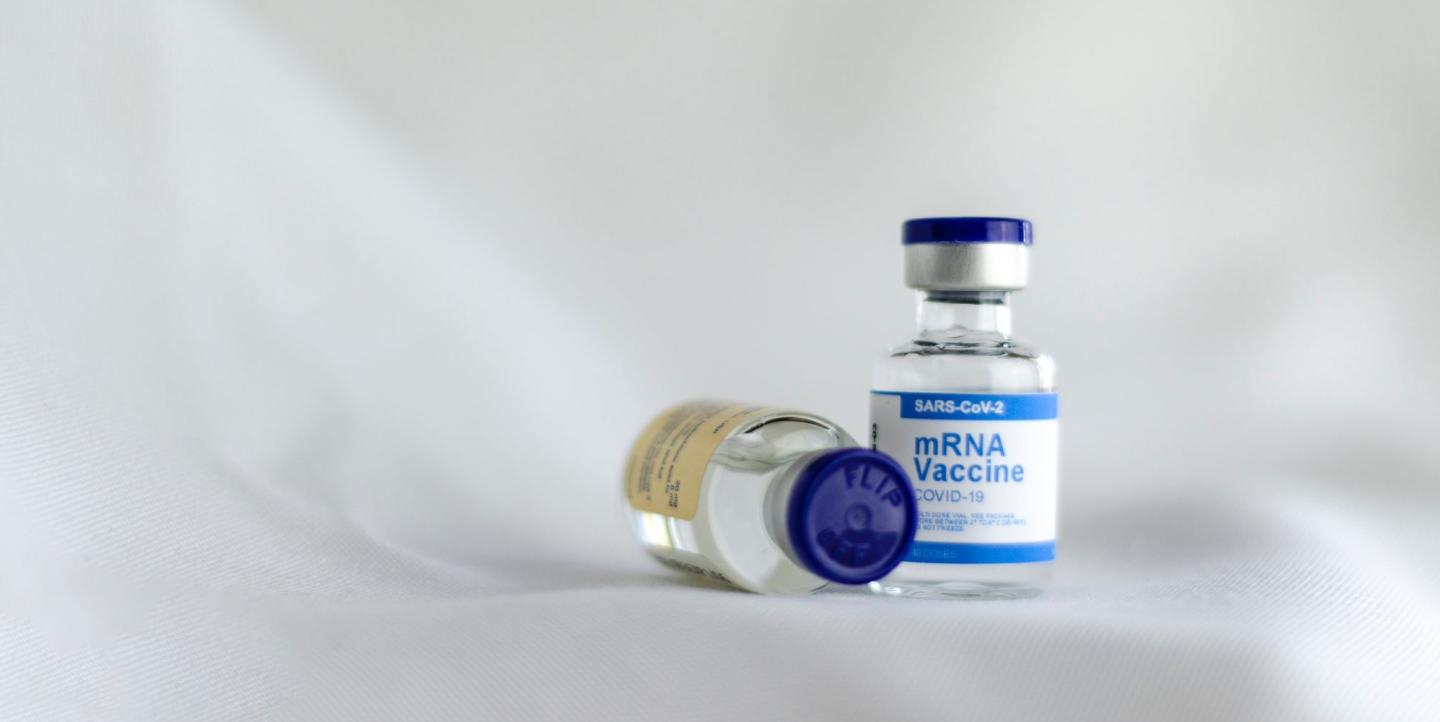COVID-19 has exposed flaws within health care systems globally. Among these has been the striking inequity in access to vaccines between high and low-income countries.
In a recent ICFJ Global Health Crisis Reporting Forum session, panelists discussed factors that contribute to vaccine inequity, the important role played by journalists who cover the issue, and its implications on global health.
The event featured Priti Krishtel, a U.S.-based health justice lawyer and co-founder of Initiative for Medicines, Access & Knowledge, an organization committed to finding solutions to address structural inequity in medicine; Dr. Ifeanyi Nsofor, a physician and universal health care advocate in Nigeria; Dr. Madhukar Pai, director of McGill University’s Global Health Programs, and its International Tuberculosis Centre based in Montreal, Canada; and Dr. Bassey Ebenso, a lecturer and researcher at the University of Leeds in the U.K.
Here are some key takeaways from the panel.
The media’s role in vaccine equity
It’s critical that journalists contextualize their reporting on vaccine inequity, the panelists urged. This has not always been the case, unfortunately. For instance, this article about how expired vaccines were discarded in Malawi failed to note how the country received the donated vaccines just before their expiration date. This article, in contrast, responsibly provided this context.
“We need more people to join the vaccine equity campaign,” said Pai. “The media plays a crucial role here. If the press published reasons for late vaccine donations to low-income countries, the story would have been different. The public doesn’t know, and good reporting should enlighten them on such issues.”
Journalists play a crucial role in communicating the ongoing nature of the pandemic, added Krishtel. This helps inform audiences about the need to continue observing preventative measures such as wearing masks, and when those actions can be relaxed.
Vaccine inequity factors
As of January 2022, Africa had received about six percent of all COVID vaccines, despite having 17% of the world’s population. Today, only 14% of people in low-income countries have received at least one dose, while 64% of the world population overall has done so.
Where vaccines are manufactured helps explain these discrepancies, in part. Africa imports 99% of its vaccines as few countries on the continent have the capacity to manufacture them. Those that have the capacity generally only handle the filling of vials with vaccine and packaging for distribution, and don’t actually produce the vaccines. “Countries in Africa must have capacity to produce their own vaccines to reduce reliance on imports from other regions of the world,” said Pai.
In a step to improve this situation, the World Health Organization announced the selection of six African countries — Nigeria, Egypt, Kenya, Senegal, South Africa and Tunisia — to receive the technology needed to produce mRNA vaccines. For reference, the Pfizer-BioNTech and Moderna vaccines are examples of mRNA vaccines.
Compounding the issue is that pharmaceutical companies and political leaders of wealthier countries have been reluctant to donate vaccines to lower-income countries, noted Pai. “There is vaccine inequity because high-income countries seem uninterested to donate without ensuring that they have vaccinated everyone in their countries. It would be good to have vaccines available to low-income countries,” said Pai.
Ebenso further noted that some wealthier countries, like the U.S. and Brazil, were slow to accept the science behind COVID-19. This delayed public health measures that could have been taken earlier on to keep communities safe. “The last two years have taught us that there is a real disconnect between policy and public health. We would have loved to see high income countries that would be interested in establishing structures and policy,” said Krishtel. “Otherwise there’s been low political will. The phrase that says, ‘We are not safe until everyone is’ ain’t making sense.”
Global health patterns around uneven vaccine access and distribution can be linked to the colonial behavior of wealthier countries, said Nsofor. This manifests itself in governmental policies, funding decisions, research and administration. “It's shocking to note that the vaccine equity issue seems to be colonial. Inequity started with personal protective equipment,” he said, adding that the world won’t be able to move past the pandemic due to the low levels of vaccination in many parts of the world — among them, Africa.
Against this backdrop, communicating the complexity of lagging vaccination rates in Africa and what’s causing them is vital for newsrooms. Failure to do so can have real-world consequences.
“It’s disheartening to note that there have been cartoons and coverage depicting omicron to be an African disease. This could lead to xenophobia and get Africans killed. Journalists have a responsibility to report accurately and equitably,” said Nsofor. “With each passing day, COVID-19 is semantically going to become an African disease.”
Photo by Spencer Davis on Unsplash.


